The Startups Team
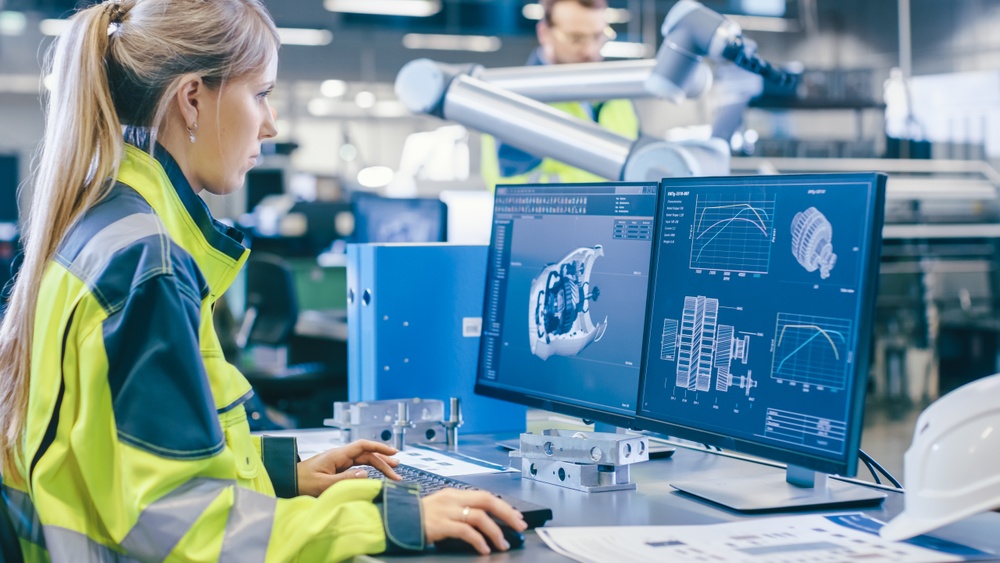
Making prototypes in China is a cost-effective way to test your product idea before selling it to consumers, but it is a detailed process that takes a lot of work to initially set up. In order to get a prototype made in China, you need to have an idea of the steps needed to follow before getting your product in mass production.
In this article, we will explore what these steps are and how to go about them with extended insight from members of the Startups.com community.

What Is A Prototype?
A prototype is a preliminary model of a product which is used to demonstrate the product's form, fit, and function. Prototypes are made with the intent of testing out different aspects of a design to see how they work.
Prototypes help you make decisions about your design before you commit time and money into making it. They also help you decide what features need more attention during development or refinement.
Why should you consider China prototyping?
Prototyping is a critical part of the design process. It helps designers and developers to understand how their product will work in practice and what the final user experience will be like.
China prototyping is a cost-effective way for companies to test out their ideas for a new product or service before they go into production. China prototyping can be done quickly, cheaply, and with high quality.
Companies are now turning to China prototyping because it allows them to save time, money, and other resources that would otherwise go into making an expensive prototype from scratch, but the prototyping process has its ups and downs.
Pros & Cons
Community member, Keesjan Case, shares their very detailed insight on manufacturing costs, low volume manufacturing services, and rapid prototyping:
"My first question would really be: Why China? What appeals to you about developing / manufacturing in China over the country where you live? Is it just cost?
There are a few general things to note:
1) Manufacturing (note: manufacturing) in China CAN be cheaper than first world countries like the USA or UK, but this is not always the case.
For one thing, Chinese manufacturers will produce EXACTLY what you ask them to make. If something is wrong with YOUR design, it'll be included in the final product. Few will make adjustments to correct anything that's wrong (I'm not sure if they just don't care, or it's a general philosophy, but it's what I've seen). Western manufacturers are much more vocal about identifying any issues for rectification before proceeding.
Not all, but more than in China. Basically this means that if your design isn't perfect the first time around, you are going to end up with wastage in the manufacturing process. Hardware is something you don't want to be doing through 'trial and error', so make sure your manufacturing processes are spot on before going to China.
From a design perspective, product development is a highly interactive experience, especially if you are engaging with an external team (such as a Chinese one). Therefore whoever you engage with need to have EXCEPTIONAL communication skills, both in language and general ability to communicate with you. If they don't, the process is going to take months, if not years longer than it needs to, and cost a lot more as well (even if labour rates are much lower in China for equivalent talent).
I realize I haven't put a concrete value around how much it will cost, but as anyone in product development will tell you: It depends. Without having an understanding of what exactly your electronic device is, there is no way to put a number to it. I've seen simple developments start at $20k for a prototype, all the way through to $500k for a fully-fledged intrinsically safe camera system.
That's in US dollars, but China won't necessarily be that much cheaper, ESPECIALLY if you have to fly over there for meetings with designers, and manufacturers, do multiple re-spins of everything due to communication errors, etc.
2) In terms of IP, China is definitely getting better than what it was, but it's worth noting that you have to be very very clear about IP with manufacturers. You have to explicitly state in contracts that they are not allowed to make copies for their own use or sale. What is being manufactured on their line is yours, and yours alone. As the advice always is when it comes to stuff like this, talk to a lawyer.
It's also worth finding companies who have engaged with Chinese manufacturing before, to see who they've used and how they found the experience. We've been involved with In-Tech Electronics (HQ in Hong Kong, factory in Shenzhen, and speak a lot of English, which helps), and they've been very good. Some of our larger clients have also used them previously. (Alan Povall)
1. China is the best place to manufacture electronic products. If only because they have the most complete supply chain in the world. https://techpinions.com/why-cant-the-us-build-consumer-electronic-products/41950 China has many thousands of factories making any kind of part imaginable. They are especially unmatched in any part which needs to be custom-made: housings, batteries, PCB’s, motors, LCD’s, cables….
2. One of the keys to reducing cost, time, and risk in product development is to use existing parts as much as possible. Quite a few firms for some reason still regularly have LCD’s custom-made. Why pay $250,000 in set-up, and months in mold production and sampling, if you can design around an LCD which is already being manufactured in huge quantities?
3. 60% of the unit cost of a product is decided in the architecture stage, and 20% during the design. As they say at Toyota: ‘‘Skillful improvements at the planning and design stage are ten times more effective than at the manufacturing stage.’’ http://www.design4manufacturability.com/DFM_article.htm
4. Doing your design without close interaction with the China vendors means you’re missing a lot of information, which leads to sub-optimal design decisions. The further you advance in the design process, the more expensive it gets to change anything. So if 98% of a product’s design is already done and validated in testing, you can hire a really smart China manufacturing consultant, but there is only so much they can do because most aspects are frozen already.
5. Another important tenet of Design For Manufacturing (DFM) is early supplier involvement. If you need custom parts better make sure that the factory that will make them actually feels comfortable manufacturing them. This requires a lot of communication in the design stage.
6. If you’re in the US the 13 hours time difference and language barriers make a smooth & fast collaboration with Chinese engineers very difficult. Plus if you have never worked with the factory before they’re not going to put much time into optimizing a design they may never get to make. Only for established clients does a factory see a very real chance that they will be responsible to make the part efficiently and reliably, and so they will be very keen to help optimize your design for their processes and capabilities. The flip side is that you are optimizing your design for this particular factory, so you’d better be sure that they can indeed deliver.
7. Picking a factory is not easy, the proof is always in the pudding: how responsive are they, how do they react when there is a problem? Are they going to say: “Oooh you do not want the batteries to explode, you never specified that, well that actually costs a lot more.” You have to kiss a lot of frogs to find your princess. Except that in manufacturing kissing is not good enough, you actually have to get into bed with them, only after you have wired your deposit and have been working with them for 6 months do you really know your bedfellow. This goes not just for the factory doing the final assembly, but for every factory making custom components for you. Building a reliable roster of suppliers takes many years, and a lot of “tuition”. In China going for the lowest bidder in the end invariably ends up being the most expensive option.
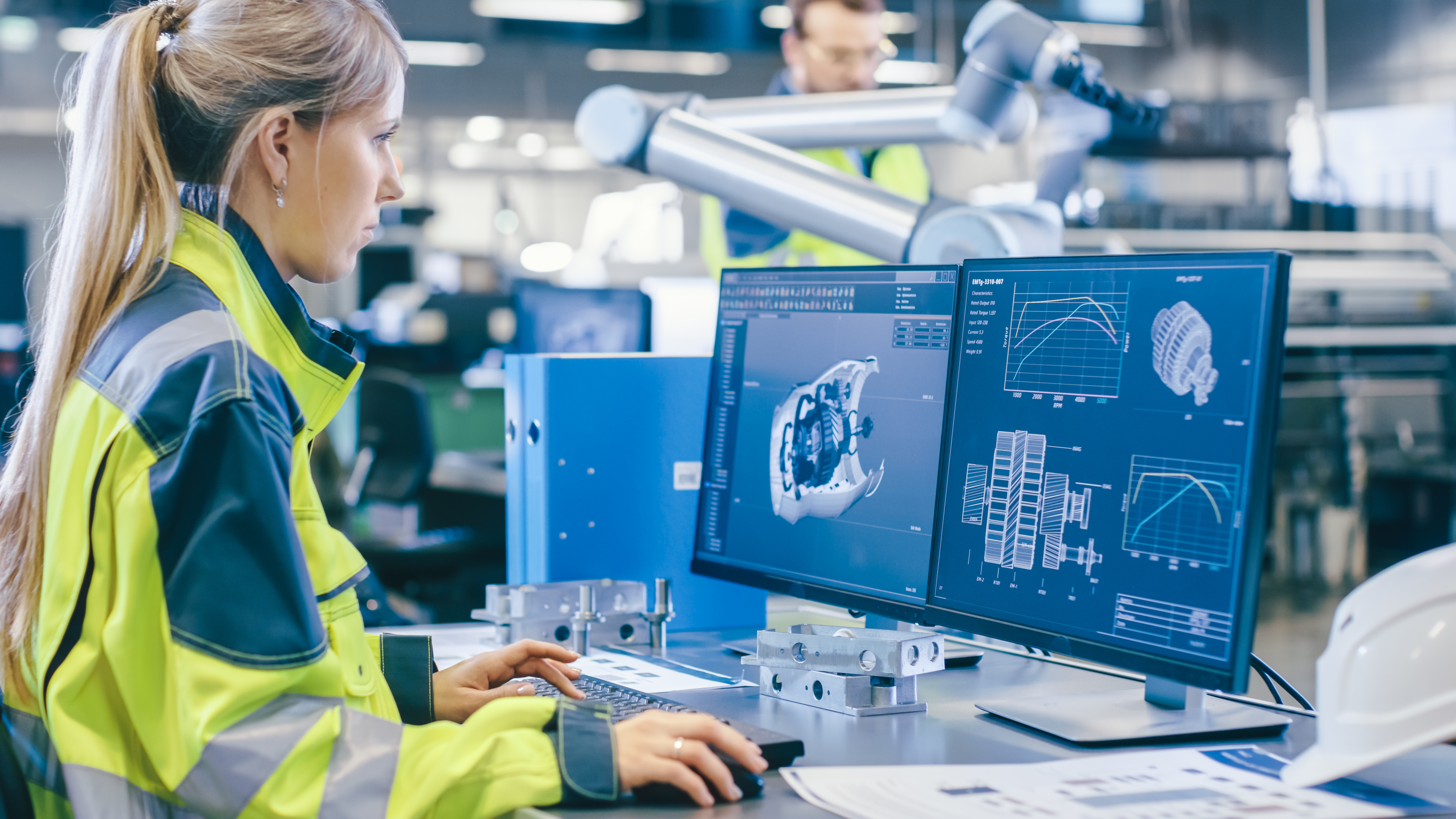
8. The more complex your product, the more inter-dependencies between parts, the bigger the mess trying to get a product manufactured in China when it has been designed in a vacuum somewhere else (and it’s not just Kickstarters who run into this problem).
9. The first samples for most any custom made part in most cases need some improvements. Some companies work will send their “China manufacturing guy” but it takes a lot for 1 person to master all the intricate considerations which went into the design of the cosmetic appearance, the construction of the injection mold, the layout of the circuit allowing it to pass FCC certifications, the adjustments needed in the calibration software… So at IBM for example knowledge transfer in manufacturing is considered a dirty word, the original designer of an aspect of the design has to see his design through all the way into manufacturing. Flying each of the 12 different functional experts over to China quickly becomes expensive, and not every engineer wants to camp out in a China factory dorm for months.
10. So doing electronic product design as close as possible to the factories making the parts and doing the final assembly will significantly lower your development costs, your unit costs, your time to market and overall risk.
11. The knee-jerk reaction to get this done is to asking a China ODM factory to adapt one of their products to your wishes. This can work well if your changes are minor. But if you want them to do more there are some serious risk with this approach: you don’t have any ownership of the design IP, and it more likely than not it will take ages. https://www.linkedin.com/pulse/china-factory-designs-7-pitfalls-avoid-keesjan-engelen
12. If you're ready to camp out in China for a good 6 months then https://hax.co/ would be a great place to be mentored. https://www.hwtrek.com/ provides a lot of China & Taiwan resources for HW start-ups. You could also give the job to a consultancy such as www.detekt.com which specializes in helping start-ups.
13. Setting up your own design team in Asia can be tricky, the success hinges heavily on picking the right CTO to manage and build out the team. And in China, this kind of talent tends to switch jobs very often, especially after they have obtained a foreign “stamp of approval” on their resume.
14. It is true that hardware can get copied very quickly, but copycats are unlikely to invest their efforts in an unproven product. So this risk comes up only after your product starts being successful in the market. By that time everybody can copy it, no matter whether you manufacture it in the US or in China. In fact, products manufactured in the US likely have to sell at a higher price, making them a more attractive target for copycats.
15. Furthermore, the painful truth is that excellence in hardware no longer gives your company a lasting competitive advantage, to build barriers to entry hardware companies these days need to work not just on brand and distribution, but also on Community, DataBase, and Software. https://www.linkedin.com/pulse/toasters-roller-coasters-how-hardware-startups-can-john-melas-kyriazi Doing this well is no mean feat, so I would focus most of your effort there, most of my clients are companies that realize that hardware no longer is their core activity."
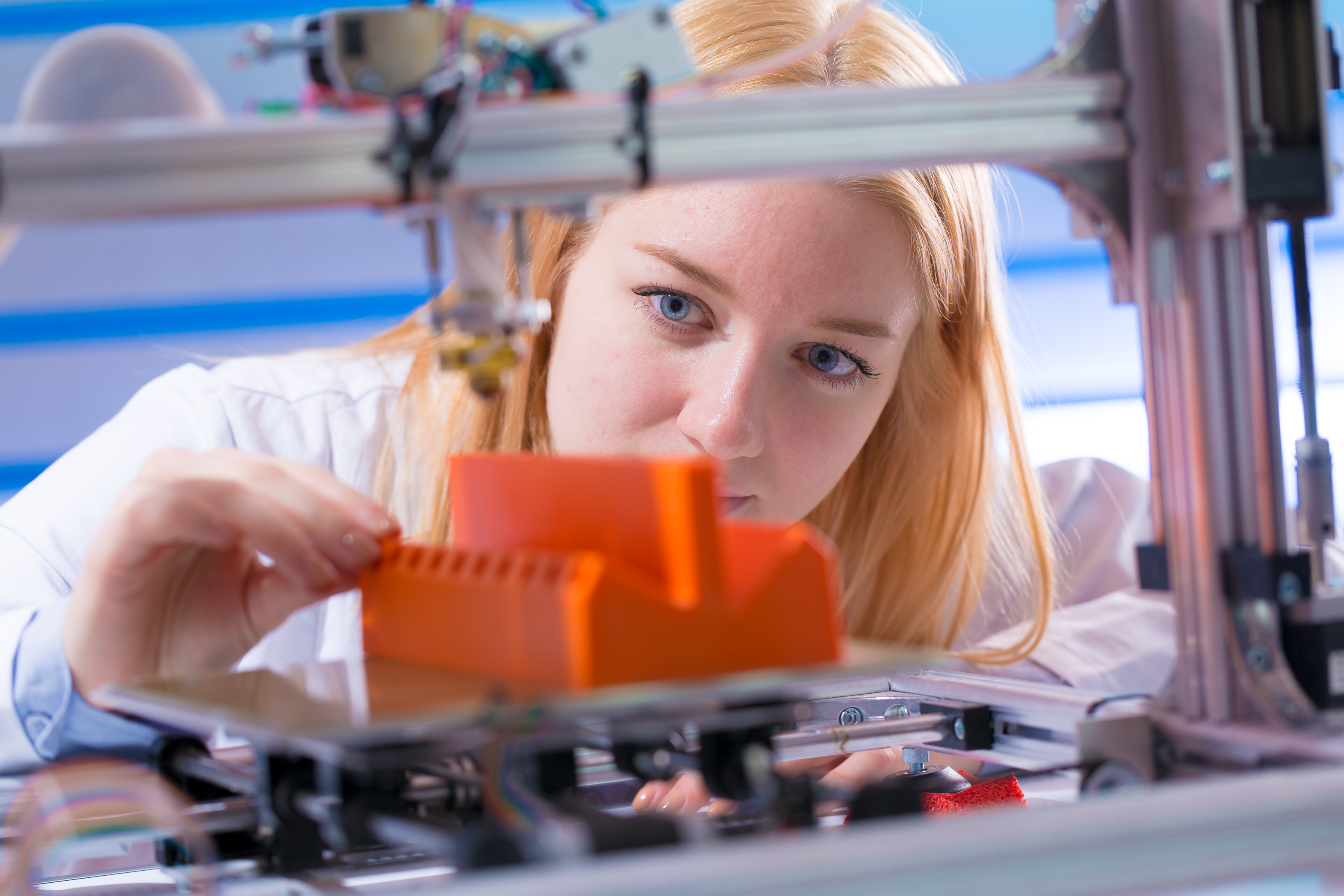
Creating the Prototype
Develop a Sketch
Get your idea down on paper. This is an important first step towards turning an idea into reality. As founders, your head is mostly likely filled with so many thoughts — it may be very prudent sketching out your ideas on paper before using a digital drawing program.
Design a Virtual & Physical Prototype
Virtual Prototype
The technical planning includes a digital record of the prototype. For the product, a technical design is necessary before a prototype can be created and tested to ensure that it is efficient and meets regulations. Developing a digital drawing of your idea into 2D or 3D (or both) for the production is the first step.
If you are unfamiliar with this, a graphic designer or a professional prototype designer may assist here.
Physical Prototype
A physical prototype is needed by the manufacturer for the production of the parts as well as for marketing. Your very first prototype could be a scaled down design of your product made by hand or 3D printed. Make sure your prototype is functional and has no flaws before seeking a patent or going further to production. If time is an issue, consider rapid injection molding.
Rapid injection molding refers to the process of making injection molds for the prototype, bridging, and short production run parts in less time and a reduced cost than full production molds.
Update as many times as possible! If any changes are made to the product, everything must also be updated to reflect the latest version of the prototype. It's okay to have multiple "final prototypes" emerge before you show potential customers the recently updated version.
Patents & NDAs
Please heed our warning here and protect your design! Your prototype should be the quality you want and true to your original design, or at least up to your standards (and within regulation limits). Conduct a patent or trademark search or contact a patent attorney to avoid any trademark infringements and verify available patent rights.
Importing products with either of those could lead to the possibility that your country's Patent Customs Authorities seize the delivery.
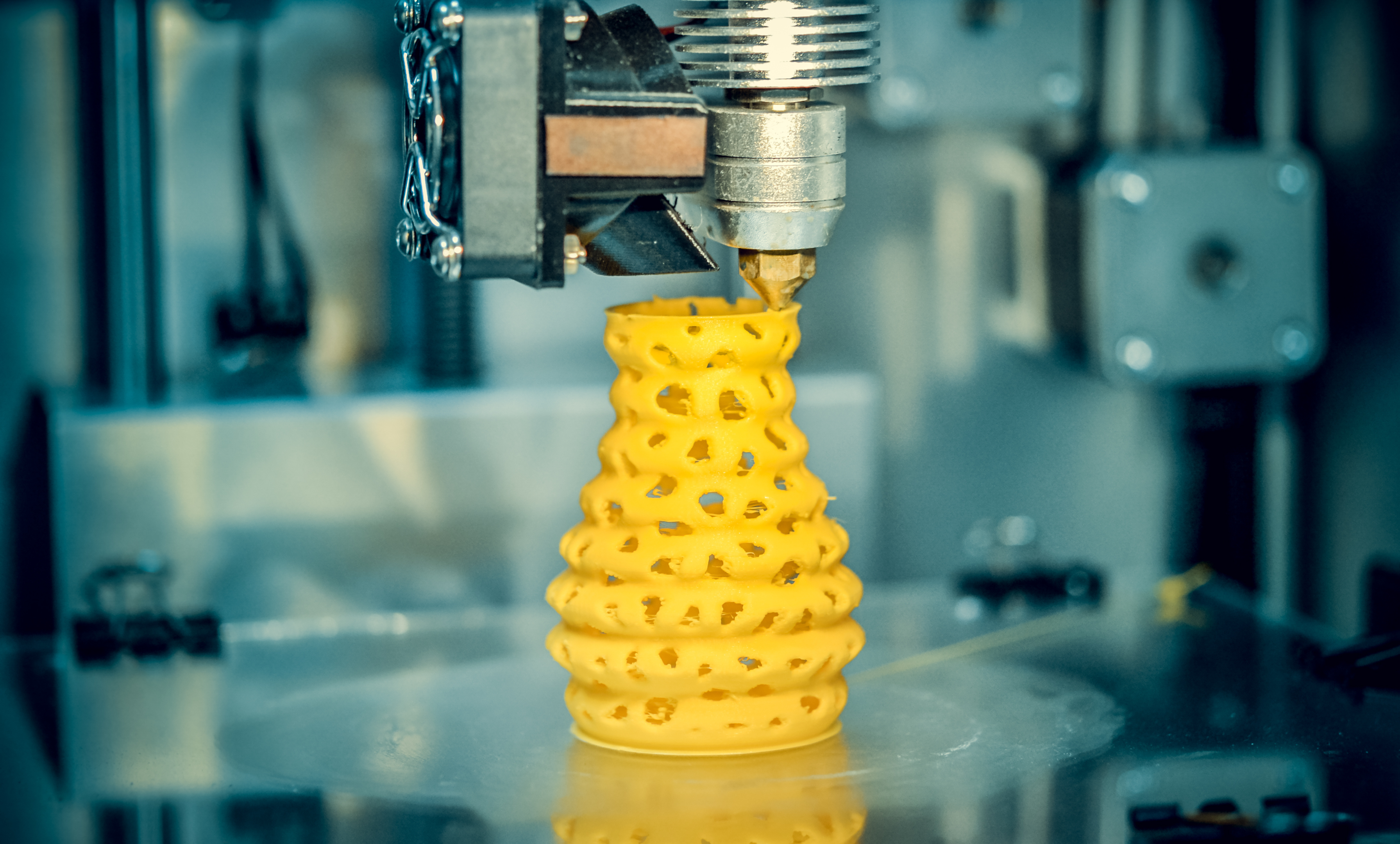
Do Your Market Research
Assuming by now that you’ve tested a working prototype that meets expectations, the next step is to conduct market research. Market research is meant to discover the desires and wishes of your potential customers. Showing your prototype to as many customers as possible will allow them to give honest feedback on the quality, function, potential sales price, design, and packaging of your product.
This market research should give you insight on how the product will be manufactured, packaged, and what the cost will be. Knowing your target audience is essential.
Package Design
Designing the package of your product is a very important step and should also be conducted as a part of your market research. Customers need to have the chance to weigh in on design appeal so you can start with your best foot forward. Custom packaging of your products in China is not a problem either.
However, we recommend that you have the design made by a local graphic designer in your own country.
Develop a Business Plan
A business plan helps you to understand many details of your business, including the total cost. The two main reasons startups fail are poor planning and insufficient capital — and that's what makes the business plan so important. Plan ahead, think ahead, and take advice from those that have done it before.
Certifications
Community member, Aaron Jason, shares information on prototype certifications:
"One other thing to think about is certifications for an electronics product. You will have to test the product for electronic interference, etc. at an approved lab and then apply for the FCC or EU certs.
This is a whole lot easier when your engineer knows local, competent labs and how the process works.
After going through this process you are ready to move into manufacturing. Having all of your ducks in a row before contacting manufacturers will save a TON of time and money."
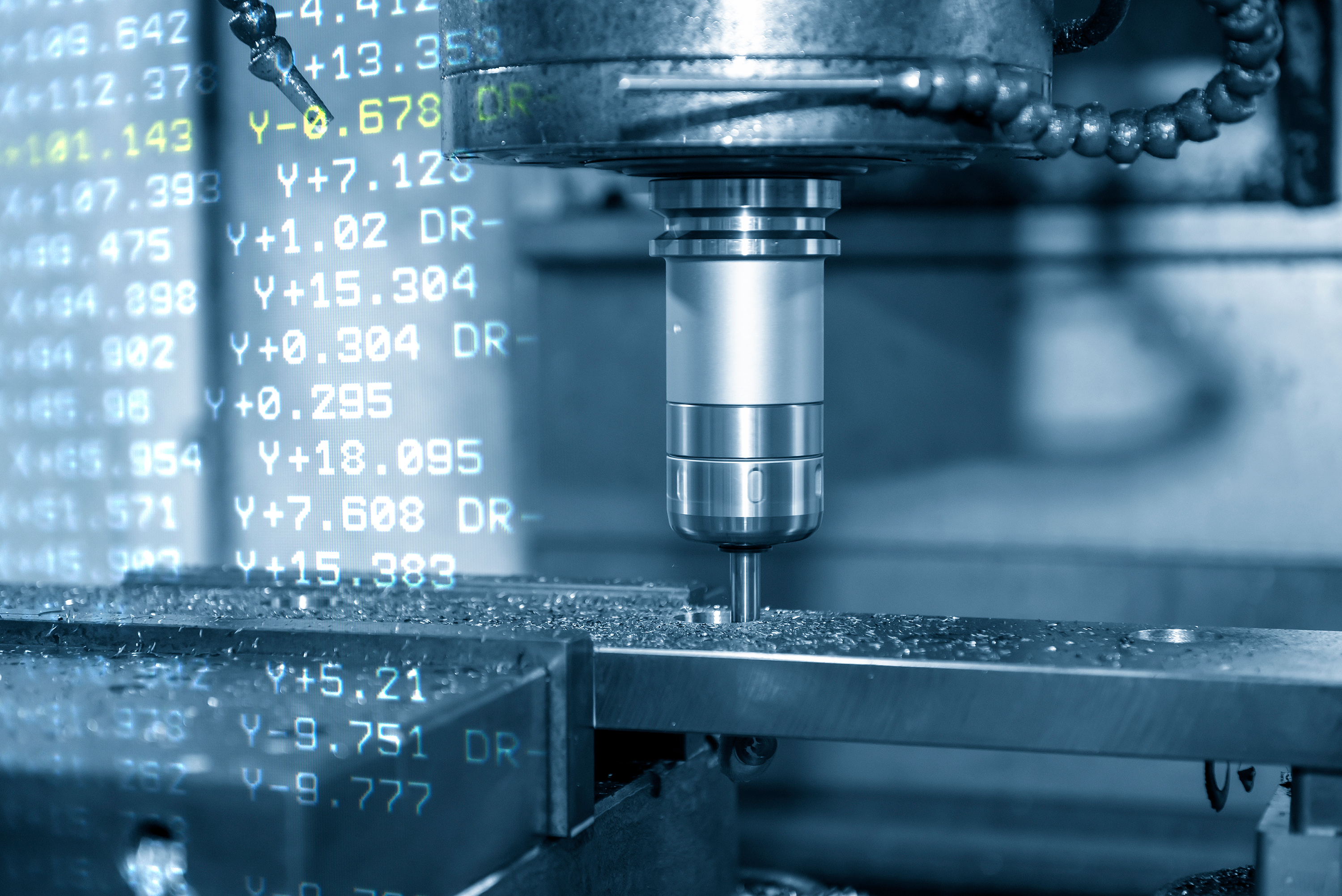
Choose the Right Manufacturer for Your Product
Kirsty Wu from our community shares this helpful input: "In China, Alibaba is a good resource. However, it is almost impossible to distinguish good and bad contract manufacturers. Sometimes, companies on Alibaba sell your products to other companies, even though you may have some patents.
Find an experienced person to introduce. If someone introduces you to some companies, one of the first things you have to do is to confirm that the person who introduced you actually worked with the company introduced you to do business.
If that person is currently doing business with a manufacturer in a related field (for example, when you want to make a Wi-Fi sensor, the introducer is a Wi-Fi router), then the company he introduces should be the most effective.
When you evaluate a production partner, the size of the manufacturer's company should match the size of your company. Of course, everyone feels that a large manufacturer like Foxconn may be a good partner as they are able to provide high-quality products. However, as a new customer with an annual sales volume of fewer than 10,000 units, the service they give to your customers may be very different compared to a large customer with an annual sales volume of more than 100,000 units.
Participate in various consumer electronics exhibitions. Participation in various consumer electronics exhibitions can help you meet potential manufacturers. You can set up a booth and display products, which can help you to play a role in the filter. You can introduce the manufacturer according to the degree of success. Many times, they are also looking for new business. If the show is in your country, then you don't need to jump on a plane to go to China.
Pay attention to the culture of the other party. To build a close relationship with your production partners, you must first learn their basic customs and traditions. You also need to understand the holidays of your partners, especially when they are abroad.
Keep close communication. Communication is very important in production because a small detail can either make or break your product. When you choose your partner, make sure their development and project manager speak your native language! The project manager will often contact the manufacturer, and clear communication between the project manager and the project team is essential to manufacturing your product to your specifications.
Keep up with the progress by having a summary email. This will also help keep up with language communication to make sure everyone understands what is being discussed. Pictures and videos are an important part of the communication process and can also be used to report manufacturing defects in a timely manner. Don't worry about over-communication with partners. It's much better than the lack of communication, which can lead to catastrophic consequences.
The second question is how much does it cost to develop a prototype relative to large-scale actual product costs (such as 1,000 pieces)?
What kind of product do you have in mind? What kind of chip will be used? Do you already have plans regarding storage? These key components need to be identified based on your product capabilities.
For small batches of products, what are your testing requirements? You have to know this to know whether it is necessary to perform functional tests, stress tests, performance tests, anti-interference tests, product life tests, high and low-temperature tests, and other reliability and performance tests.

Production after Prototype
After all of these steps, you should be ready to have your products manufactured. There are companies that will provide a free cost estimate for the final, packaged product which includes shipping to your country, but before you contact anyone make sure you have the following information at hand:
A prototype representing the final version of your product (a final technical drawing of an engineer will also do in most cases).
Amounts per each product part.
The largest city in your area to calculate the freight charges of the delivery.
How Much Does it Cost to Get a Prototype Made?
The cost of a prototype depends on the size, complexity, and materials of the prototype. The average cost for typical rapid prototyping services is $2,000-$5,000 for small models that are not very complex. The price range can vary depending on how much time you want to spend on making it perfect or how much you would like to spend on it.
Most Popular Prototype Companies in China
There are a surplus of companies in China that are capable of handling the creation of your prototype manufacturing, but a lot of them specialize in different fields — not all can support silicone molding capabilities, for instance. It's important to do research on the specific types of prototypes you will need for your product prototype before committing to a manufacturer.
Here is a list of some of the most popular prototype companies in China to get you started:
NextProto
Prototech Asia
3ERP
TeamRAPID
Vowin
Tencent
Huawei
Alibaba
Xiaomi
Baidu
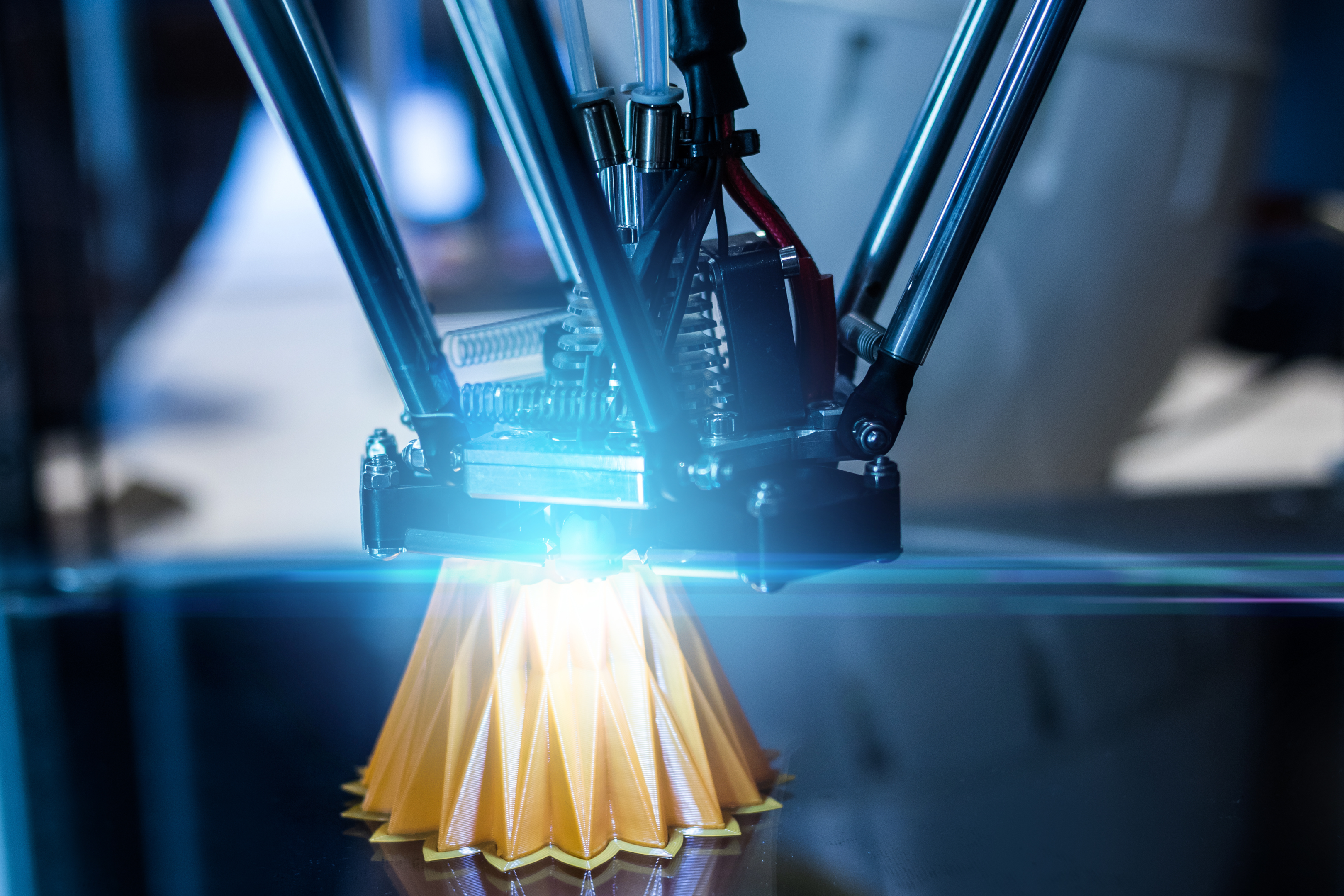
Summary
Prototypes are used in the design process to test and demonstrate new ideas. Prototypes can also be used to validate a design and identify potential problems before committing to a production line.
Companies are now turning to China prototyping because it allows them to save time, money, and other resources that would otherwise go into making an expensive prototype from scratch.
To get started with the prototyping process in China, follow these steps:
Develop a Sketch
Design a Virtual & Physical Prototype
Patents & NDAs
Market Research
Package Design
Develop a Business Plan
Certifications
Find a Manufacturer for Your Product
Find this article helpful?
This is just a small sample! Register to unlock our in-depth courses, hundreds of video courses, and a library of playbooks and articles to grow your startup fast. Let us Let us show you!
Submission confirms agreement to our Terms of Service and Privacy Policy.
Already a member? Login
No comments yet.
Start a Membership to join the discussion.
Already a member? Login